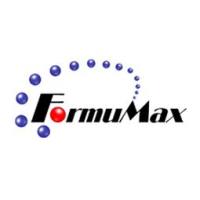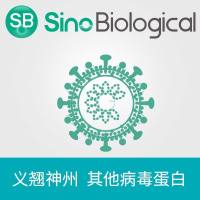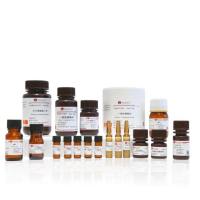The Use of Adjuvants in Experimental Vaccines: III. Liposomes
互联网
536
The use of artificial lipid bilayers in the form of vesicles has been described as an efficient means of presenting antigens (1 , 2 and Chapter 9 ). A large variety of natural phospholipids or other polar amphiphiles can be used in an aqueous solution of an antigen to form either unilamellar or multilamellar spherules. The antigen(s) may either be lipid-soluble and insert into the artificial lipid bilayer, bmd to the bilayer, or become entrapped inside the spherule. In the multilamellar liposomes the antigen(s) may also be trapped in the aqueous compartments between the lipid bilayers. The surface of the liposome may also be positively or negatively charged by the addition of suitable charged amphiphiles. Many of the natural adjuvant substances are amphiphilic and may insert into the lipo-some through hydrophobic groups (3 , 4 ). It has been my experience that the purity of the phosphohpid does affect the stability of the final preparation of liposomes and their leakiness. For instance, Gregoriadis (1 ) points out that plasma high-density lipoproteins will remove low-melting phospholipids from liposomes and cause leakiness. With high-melting phospholipids or with an excess of cholesterol, the lipid bilayers become rigid at 37�C, the result being a slower release of the antigen. There is not space here to record the many combinations that could be used; the preparation of a pure sample of phosphatidylcholine (ovo-lecithin) and positively and negatively charged liposomes will be given as examples.







